Four Ways to Streamline the Employee Onboarding Experience
Tune in for actionable insights to streamline and personalize a welcoming and supportive onboarding experience for your new hires.
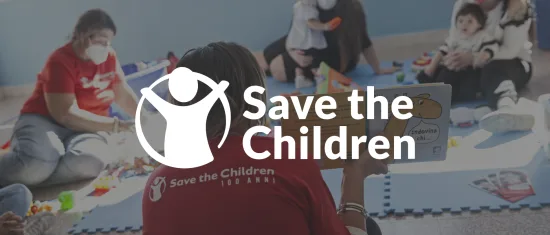
Save the Children Italia has grown significantly during the past four years, both in headcount…

An employee retention strategy is a calculated approach to keeping people motivated to work at…
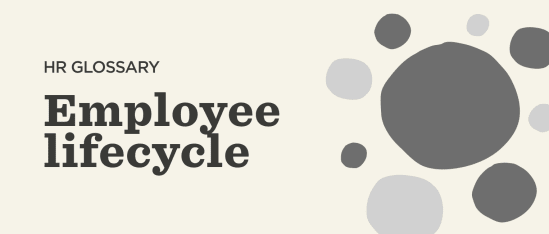
Awareness of the employee lifecycle can help HR professionals better understand–and therefore improve–the employee experience…
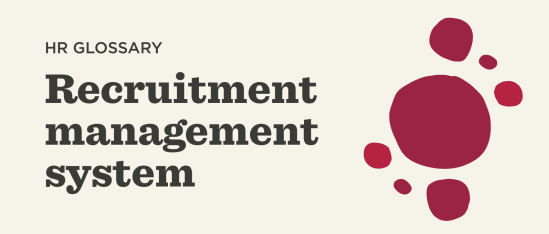
A recruitment management system (RMS) is software that helps HR conduct the entire recruitment process.…
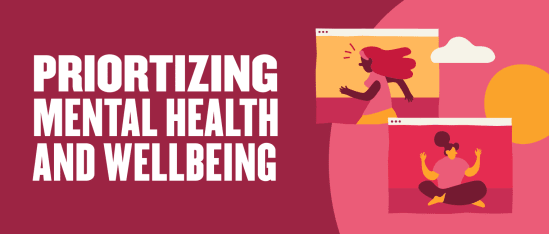
May is National Mental Health Awareness Month and is dedicated to raising awareness about the…
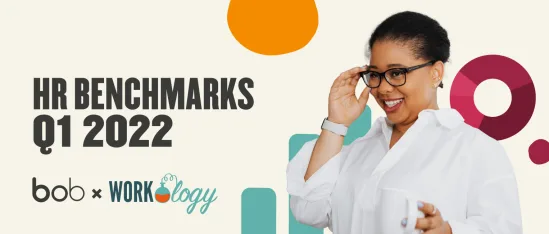
We recently partnered with Workology, a global HR media company, to launch a continuous HR…

360Learning and HiBob recently teamed up to showcase several ways to overcome today's retention challenges.…
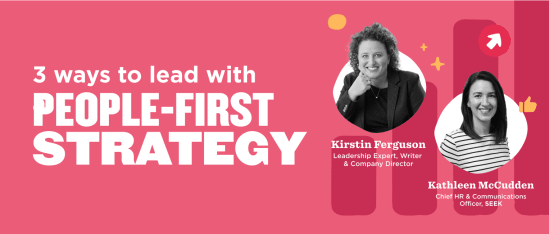
We sat down with two of Australia’s HR leaders, Dr. Kirstin Ferguson and Kathleen McCudden,…

At the heart of any successful business is a clear and strong understanding of the…

An agile organization is a company that responds to unpredictable market changes with resilience and…

In our latest guide, How to attract and retain top talent using a full-stack compensation…

Introduction Companies today are suddenly thinking very differently about compensation. If they want to succeed,…

For two years, the pandemic has dominated the news, the business world, and almost every…

A floating holiday is a paid day off that an employee can decide to take…

Following the lifting of COVID lockdowns worldwide, a wide range of hybrid arrangements have emerged,…